No matter what else you are planning to do on the island of Tenerife – a visit to the mountain town of La Orotava, basically the forecourt of the Teide mountain, will be the absolute highlight of your trip – literally.
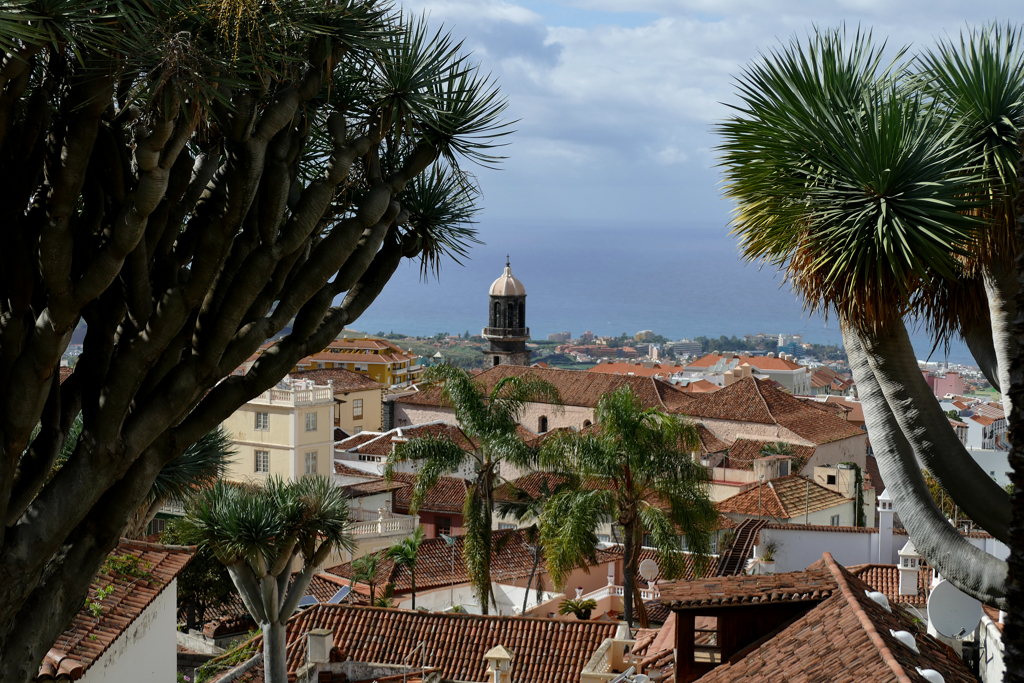
Getting High
Interestingly – and at times annoyingly – you can divide Tenerife roughly into two parts: The warm south where all the big hotels and resorts catering to mass tourism are located, and the cooler fertile, lush north where it is much cooler and rainier so that everything grows in abundance. And while I don’t mind a lazy day on a beach from time to time, I appreciate the variety of voluptuous plants, of bougainvillea next to banana trees and palms overpowering sausage trees. This is what I expect the garden of Eden to look like. Hence, I had chosen accommodation on Tenerife’s northern coast, just on the outskirts of the former fishing village of Puerto de la Cruz.
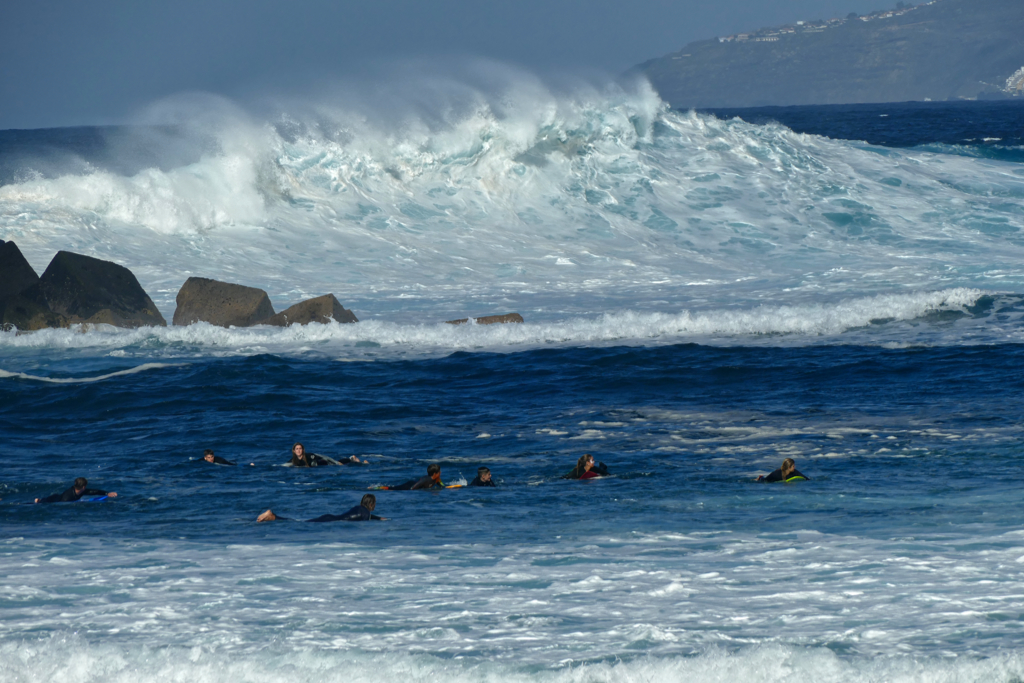
The weather had changed, the sea became restless, high waves splashed the promenade. The morning at the pool had been enough for leisure, the explorer in me demanded her right. So off to La Orotava, supposedly, along with La Laguna, the most beautiful old town in Tenerife.
Tradition And Prosperity
Founded by the Spaniards in the 16th century, La Orotava is the oldest town on Tenerife. Due to the cultivation of sugar cane in the 16th century, wine production in the 17th century, and the cultivation of cochineal lice and bananas in the 19th century, La Orotava looks back at long periods of prosperity.
The city is also famous for the production of beautiful carpets made from flowers and colored sand to celebrate Corpus Christi.
Funnily, the small town of La Orotava is actually the largest pocket of land on the island of Tenerife. This, however, is only due to the fact that most of the El Teide National Park is part of the district.
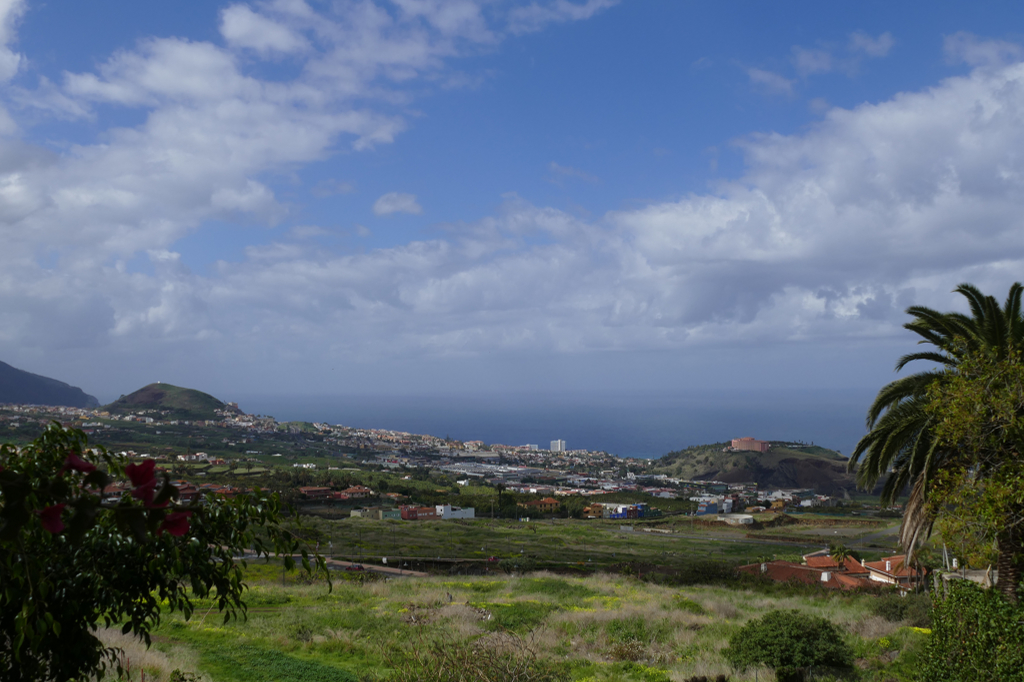
Actually, even if La Orotava with its steep cobblestone alleys that are lined with colorfully painted traditional houses wasn’t already pretty enough, its privileged location in a green valley above the deep blue sea and just below the snowcapped Teide mountain makes it an absolute jewel.
No wonder that already geographer and explorer Alexander von Humboldt raved about this splendor – and mind you, he was a very well-travelled man and had seen lots and lots of outstanding beauty in his life.
I might not be as worldly as good old Alex, however, I totally agree: La Orotava is of unparalleled beauty.
Getting Around
First things first: La Orotava is worth a visit at any time of the day. Nevertheless, if you intend to visit some of the small museums or want to shop for some Gofio at one of the old mills, better plan your visit in the morning since most of these places are closing in the early afternoon.
The perfect spot for starting and ending a walk through La Orotava is the Plaza de la Constitución on the outskirts of the historic old town. Here, you can stock up on some water before literally mounting those picturesque alleys as you’ll need to replenish, take it from me. At the end of your visit, you then can enjoy a cup of coffee or an aperitif at one of the terrace bars around the square next to local families.
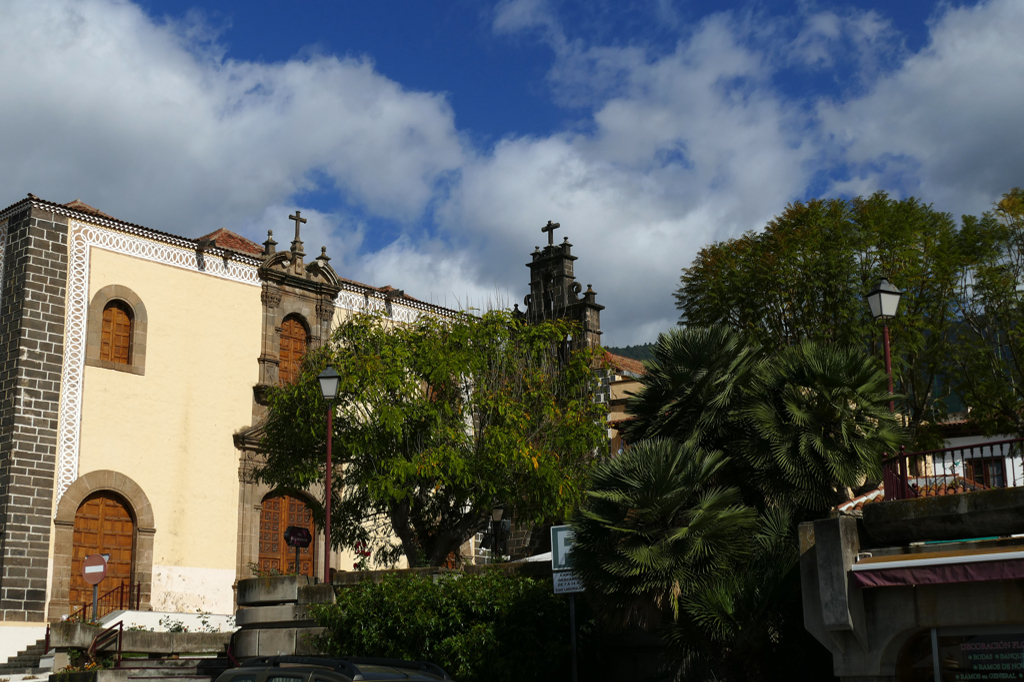
On the northeastern side of the square are the church and the former monastery of San Agustín. Construction began in the 17th century and the complex was gradually extended. It’s built in a mix of Mudéjar, Baroque, as well as Neoclassical styles which is quite characteristic of Canarian architecture.
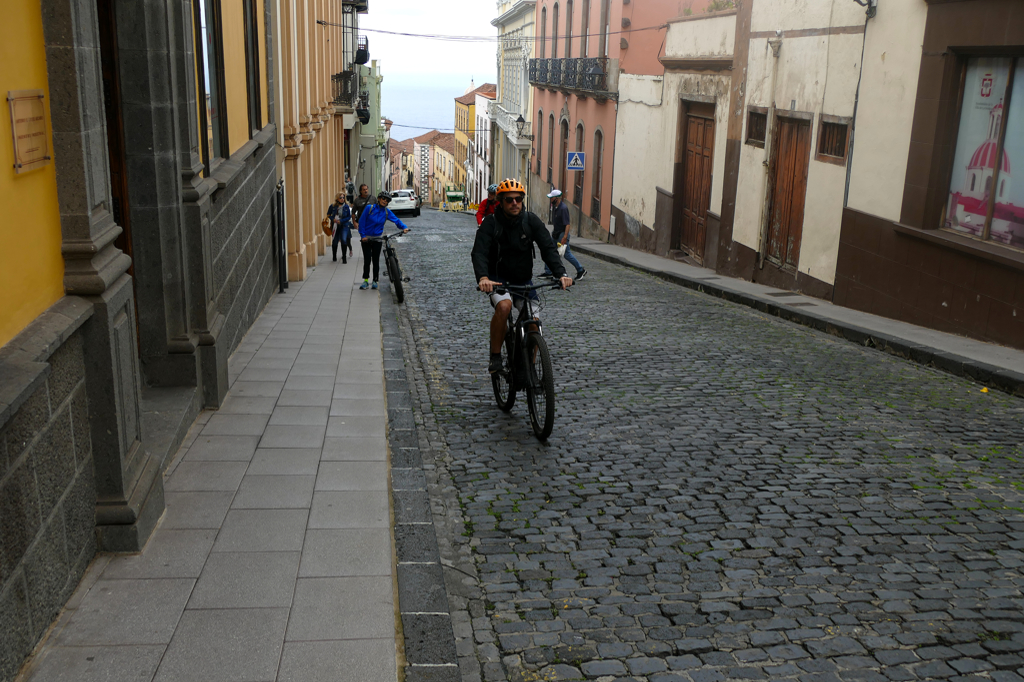
As you continue westwards on the main street Carrera del Escultor Estévez, make sure to pick up a free map and maybe some tips on what to do at the Oficina de Turismo.
Buildings
As you continue up the Carrera del Escultor Estévez, you’ll spot the town hall to your left. It’s a splendid pink neoclassical building that dates back to the mid-19th century. Unfortunately, there were works going on during my visit so I wasn’t able to see the inside. Reportedly, it’s amazingly furnished and decorated with paintings, many on loan from Madrid’s El Prado. Well, just one further reason to come back one day.
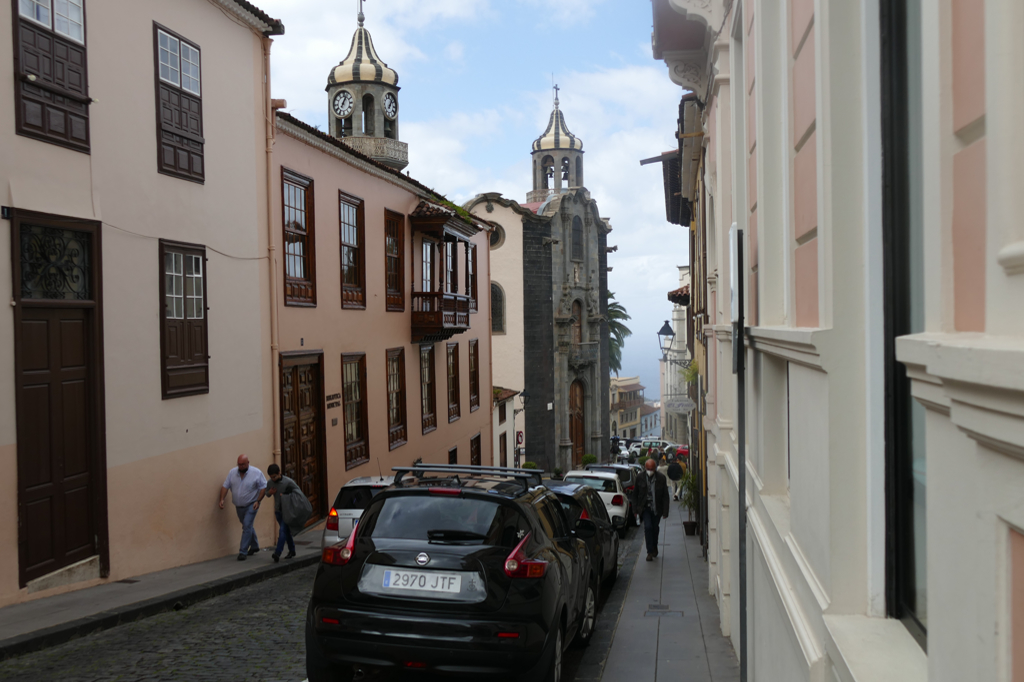
Opposite the town hall, Calle Tomás Pérez leads to the church Nuestra Señora de la Concepción. After the previous building was destroyed by an earthquake in 1705, the church was rebuilt in the years 1768-88. The work of God is considered the main work of the baroque on the Canary Islands. Around this house of worship are also La Orotava’s government buildings.
The sacristy of the Church of Nuestra Señora de la Concepción houses the Arte Sacro El Tesoro De La Concepción. Here you can admire religious works of art that are closely linked to the history of the church. The museum is open from Tuesday to Saturday only between 10 a. m. and 1 p. m.
Casa Monteverde
On the west side of the church is the Calle de Colegio, and here you’ll get to see one of the town’s most prominent buildings. The Monteverde Ponte y Molina family commissioned this mansion in the mid-17th century. The most remarkable feature is the portal in a late Renaissance style which is divided into two levels and flanked by two Corinthian pillars.

The Casa Monteverde gained even greater historic importance due to the fact that Leonor del Castillo Monteverde created the first of the famous flower carpets right in front of the house in 1847. Ever since then, Corpus Christi has been celebrated with these unique works of floral art.
Casa Ponte Fonte
Just a few steps up the Calle del Colegio you’ll spot another outstanding palace.
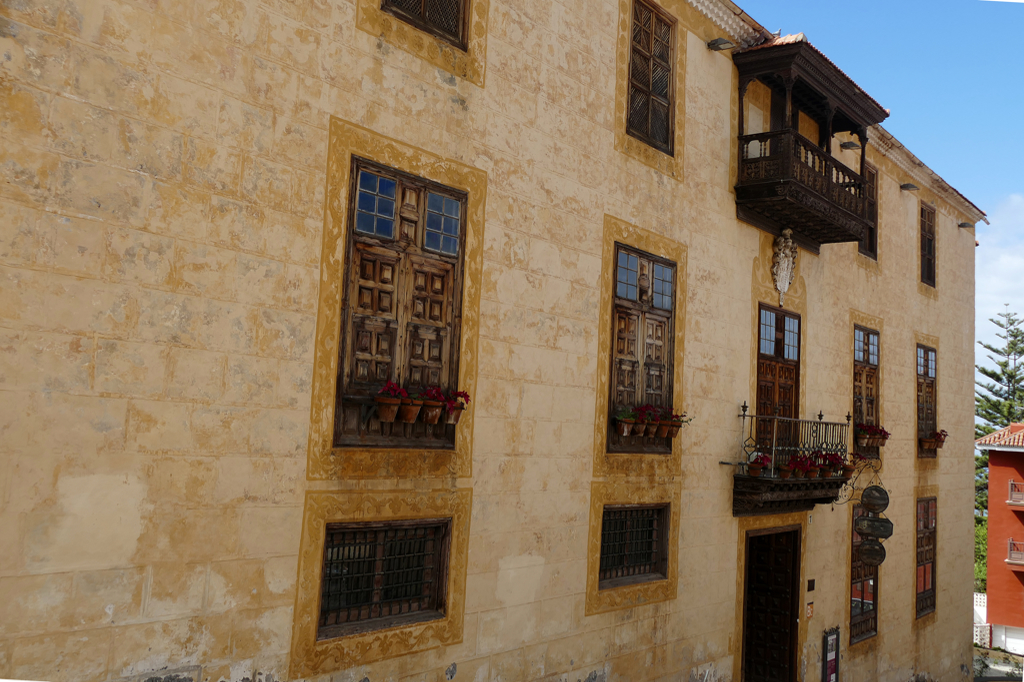
Also known as Casa Lercaro, this mansion was built in the 17th century following the marriage of Jerónimo Ponte Fonte and Catalina Grimaldi.
Sgraffito latticework adorns the façade while the windows and balconies feature elaborate woodwork. The central balcony, however, is made of wrought iron and embellished with floral designs. On top of the window on the third floor, you will spot the family’s coat of arms set in marble.
Molino de Gofio La Máquina
Just two doors up is the Molino de Gofio La Máquina, one of La Orotava’s most famous gofio places.
Gofio is a product obtained by grinding roasted cereals with or without the addition of sea salt. Occasionally, gofio also contains legumes, which are subjected to the same treatment as cereals.
For the ancient Canaries, the first inhabitants of the Canary Islands, Gofio was the most important staple food. Even after the Castillian Kings conquered the islands in the 15th century, gofio remained an important part of the diet, especially for the rural population.
For the longest time, gofio was considered the food of poor people. They could easily take it with them to the workshops and fields for their lunch breaks.
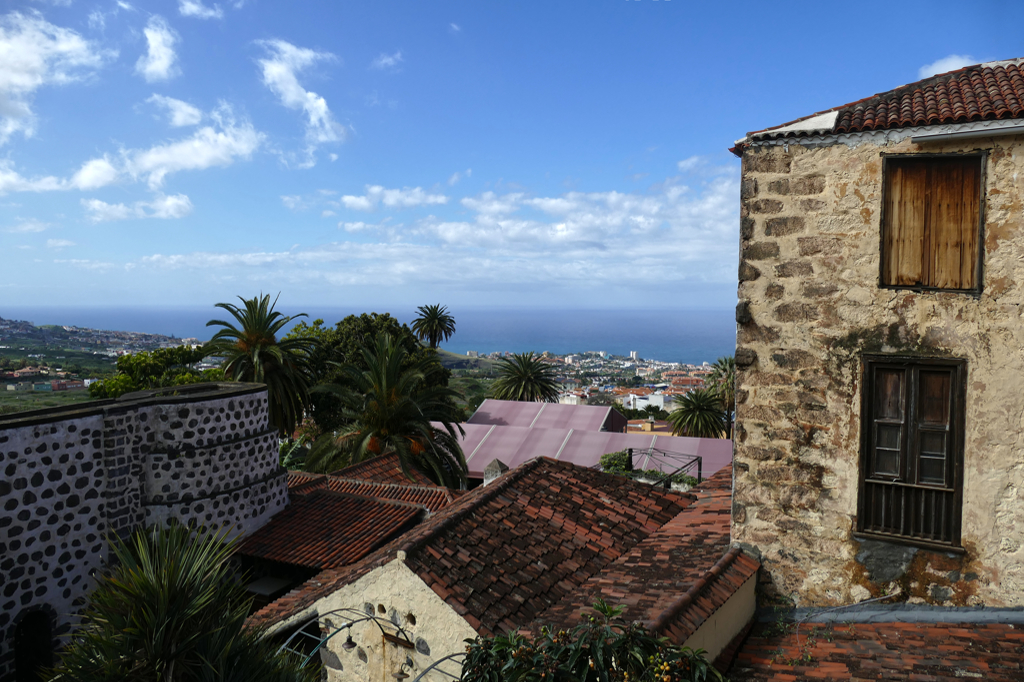
Over the past years, with the interest in the Canarian origins, also an appreciation and respect for the customs and traditions increased. However, also the nutritional benefits of traditional foods such as gofio have been acknowledged.
The gofio produced and sold at the Molino La Máquina is absolutely top-notch and received some gastronomy awards. You can purchase it from Monday to Friday between 9 a. m. and 5 p. m. and on Saturdays until 3 p. m.
La Casa de los Balcones
Walk past the next junction and you’ll get to some of the town’s most iconic buildings.
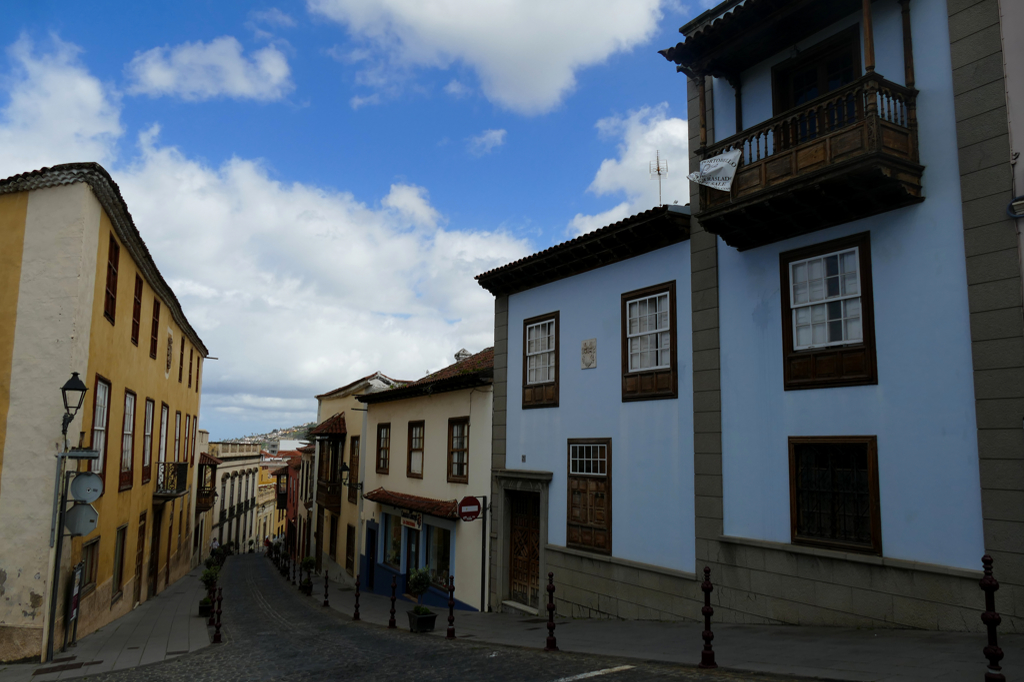
As a matter of fact, today, La Orotava is a center of Canarian handicrafts. These local handmade products can be purchased in many small shops in a historic setting. An excellent example is the so-called Casa de los Balcones, hence, the house of the balconies.
The building was constructed in 1632. It is three storeys high and features – I’m sure you guessed so – some of those typical wooden Canarian balconies.
Actually, the Casa de los Balcones is a great mix of a landmark, a workshop, a museum, and a store since inside, you’ll find a large variety of typical Canarian products like embroideries, ceramics, woodcarvings, and others.
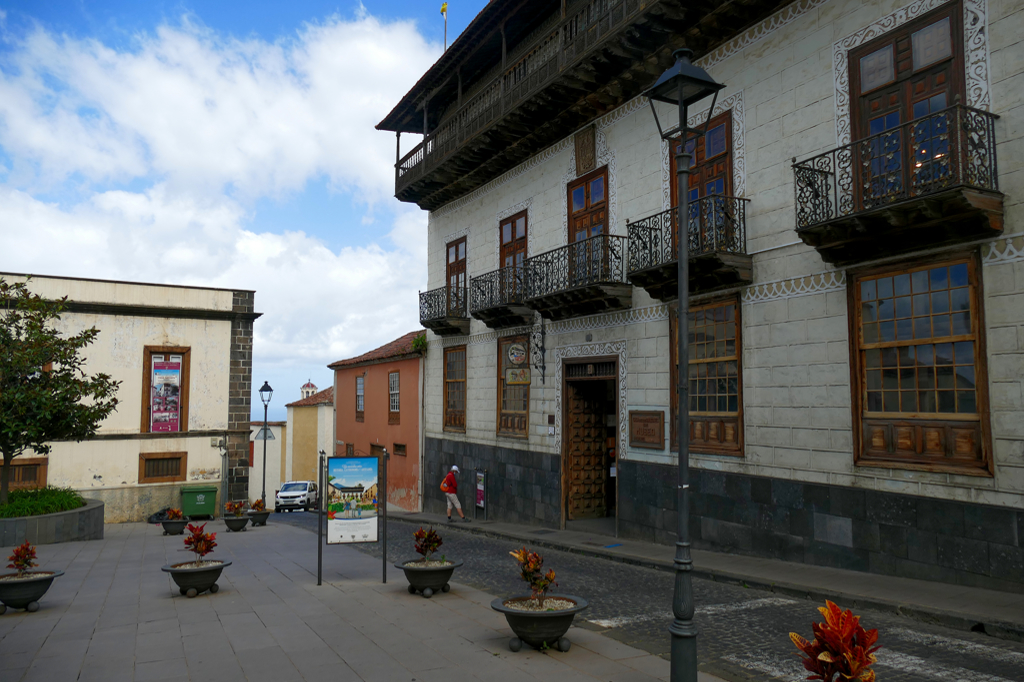
Across the street from the Casa de los Balcones is the Eladia Machado House from the 16th century. Francisco de Molina y López de las Doblas commissioned the edifice that used to be a convent. Today, this two-storey building gives you an idea, of how the wealthy Canarians used to live. You’ll also find an exquisite collection of local crafts as well as the Mohamed Osman art gallery.
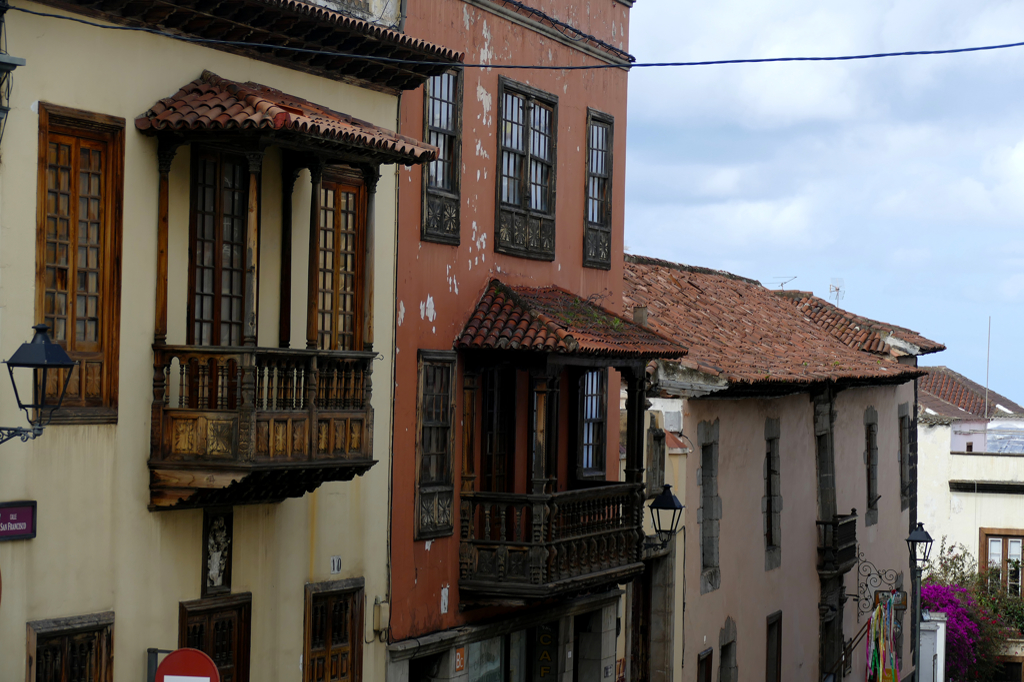
As a matter of fact, the Casa de los Balcones together with the Eladia Machado House, and the Casa Lercaro that I’ve introduced above form a historic complex. The venues are open to visitors from Monday to Friday between 8.30 a. m. and 6 p. m. and on weekends from 9 a. m. to 7 p. m. The general entrance fee to all three houses is 5 €uros.
Museo de las Alfombras
Right next to the Casa de los Balcones is the Casa de Franchi which houses the Museo de las Alfombras, hence, the Carpet Museum. Obviously, we are not talking about woven carpets here. There you can admire the unique floor coverings made of lava sand and colorful blossoms. Those are lining the streets of the old town during the Corpus Christi celebrations.
The museum is open from Monday to Friday between 11 a. m. and 2 p. m. In the afternoon, they open from 4 a. m. to 6 p. m. The general entrance fee is as little as 2 €uros.
Gardens
There are majestic trees and pretty flowers basically everywhere in La Orotava and beyond – and yet, some people felt the necessity to establish designated parks and gardens. Hey, I love plants, so I don’t mind at all.
Jardines del Marquesado de la Quinta Roja
The most majestic site is definitely the Jardines del Marquesado de la Quinta Roja, also known as Jardines Victoria. These gardens are made up of seven terraces. This garden is not only a beautiful place, it also grants fantastic views of the surroundings.
At the northwestern corner is a small café which is actually the outdoor seating area of the Café Taoro – quite a courtyard they got for their guests.
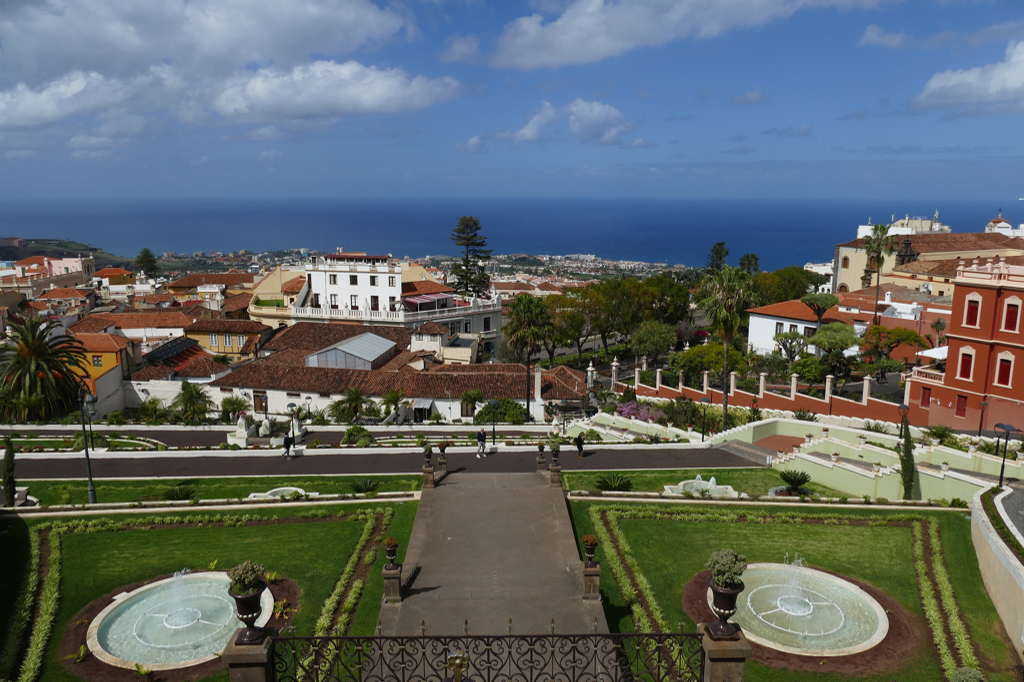
At the top of the gardens stands a small white marble building. It was constructed as a mausoleum for Diego Ponte del Castillo, the 7th Marquis of the Quinta Roja. Due to his Masonic affiliation, the Catholic Church initially denied him a grave at the local cemetery. Therefore, his mother, Sebastiana del Castillo Manrique de Lara, commissioned the French architect Adolphe Coquet to create a structure where her son could rest in piece. He completed the mausoleum in 1884. Ultimately, Diego Ponte del Castillo’s mortal remains were admitted to the local cemetery so that the mausoleum remained empty.
Hijuela del Botánico
Built on the initiative of the 6 th Marquis of Villanueva del Prado, Alfonso de Nava y Grimón, this small park was founded in 1788. It was initially designed to complement what is today Puerto de la Cruz’s famous Botanical Garden.
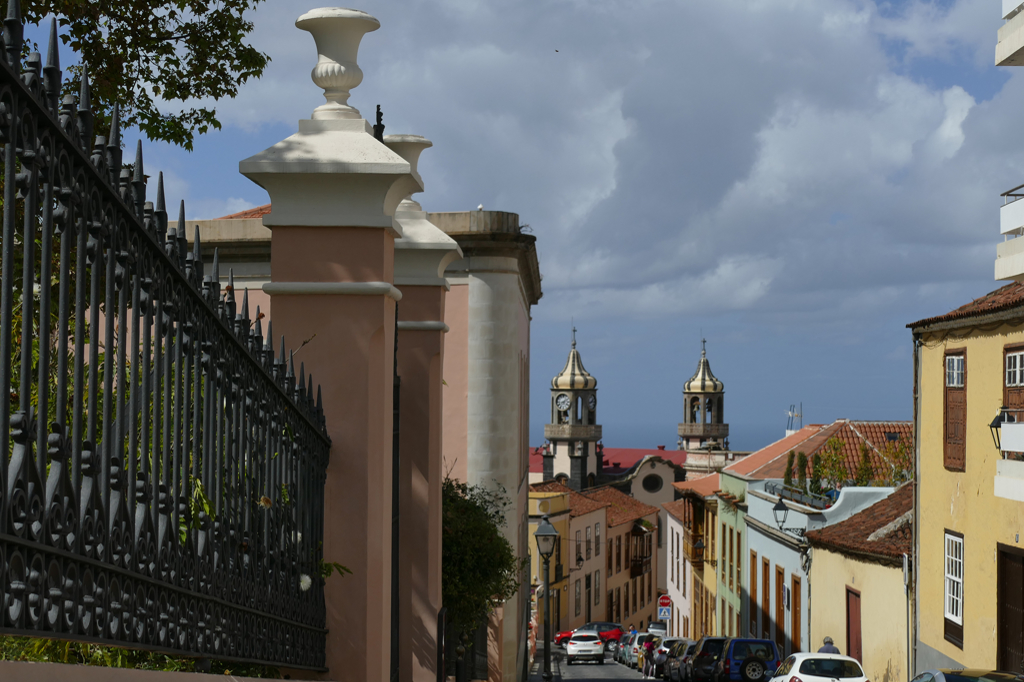
Strolling below trees imported from far-away places like India and Australia is just amazing. However, keep in mind that the garden is only open to the public between 9 a. m. and 2 p. m.
Villa de Arriba
I kid you not – after all the climbing you had to do so far, there actually is a Villa de Arriba – an Upper Town. Come on, don’t give up, especially as it’s totally worth the climb since you are passing the district where thirteen of the old mills are standing. Ten of those are still selling original Canarian gofio.
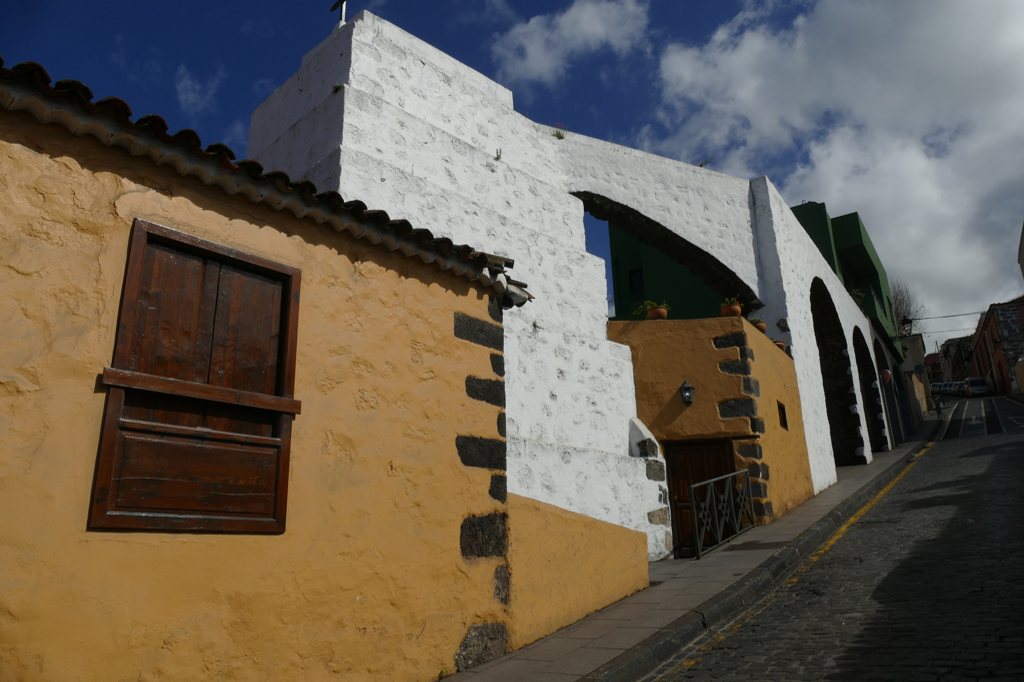
There have been mills in La Orotava since the 16th century. In ye olden days, the grinding wheel was moved by waterpower. Since the 1960s, however, electricity moves the grinding stones.
In the past, the people of La Orotava brought their self-grown cereal to the mill to roast and grind. Oddly, the miller’s trade was considered a somewhat sordid one, as were the trades of butcher and undertaker. Therefore, until the 17th century, these trades were left to the most marginalized groups such as mixed-race people and ex-convicts.
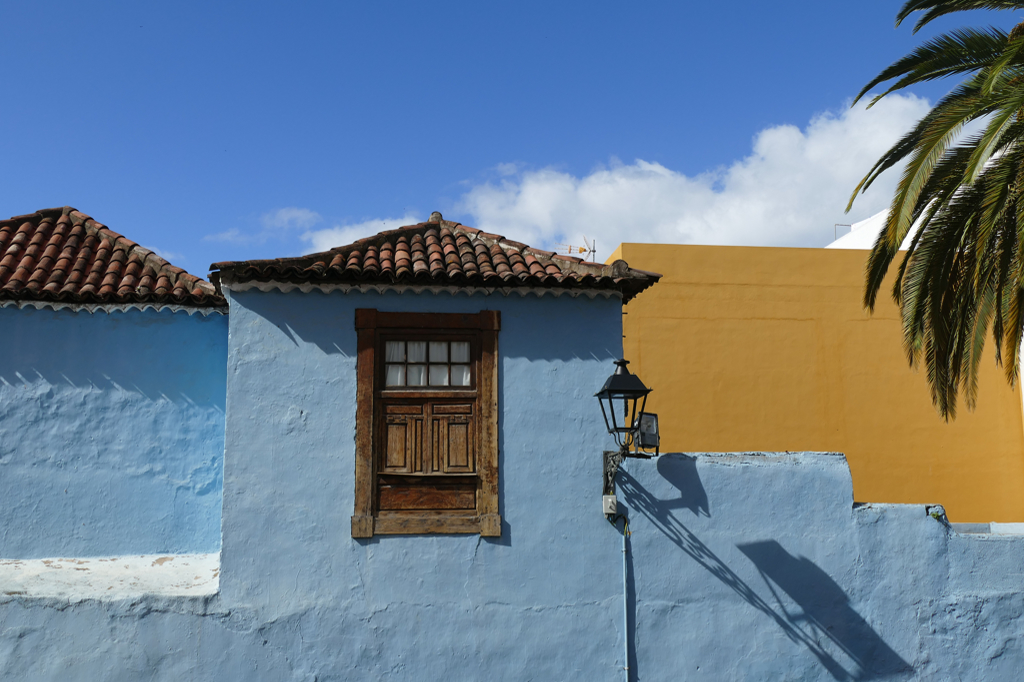
This explains why the neighborhood of Villa de Arriba was inhabited by ordinary folks like simple workers and handymen. The wealthy merchants lived and worked in the posh multistorey mansions below. Up here in Villa de Arriba, houses were limited to only one or two floors.
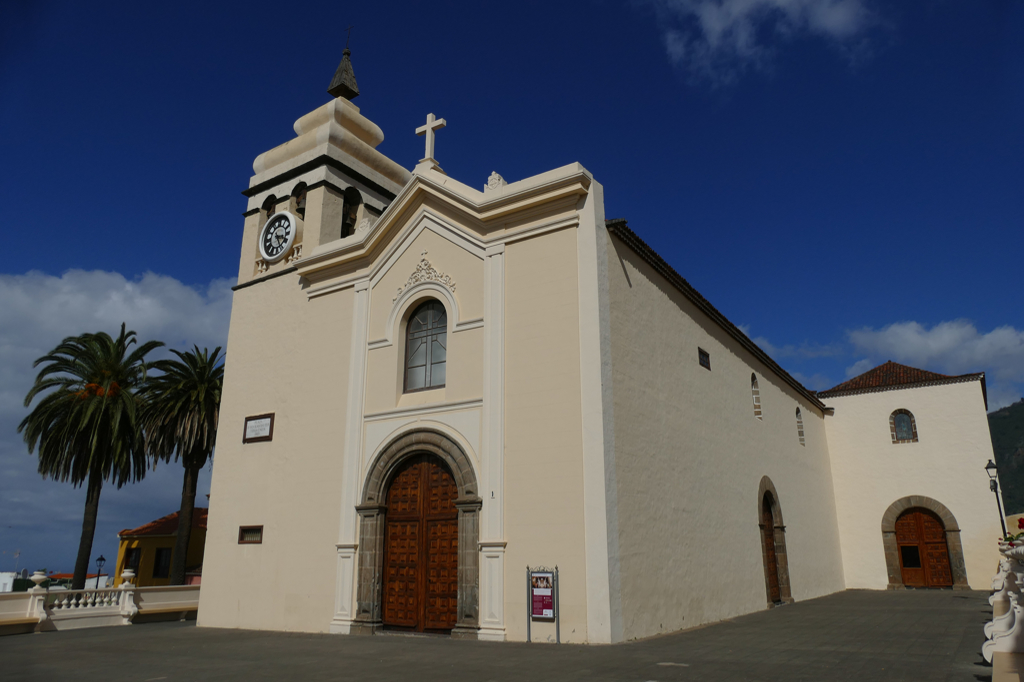
However, at least geographically speaking, Villa de Arriba is an upper-class neighborhood. It is crowned with the precious small church of San Juan Bautista. The church was built in a very sober Mudéjar style in the early 18th century.
Again, to no surprise, the views from Villa de Arriba are just incredible and totally worth the extra-climb.
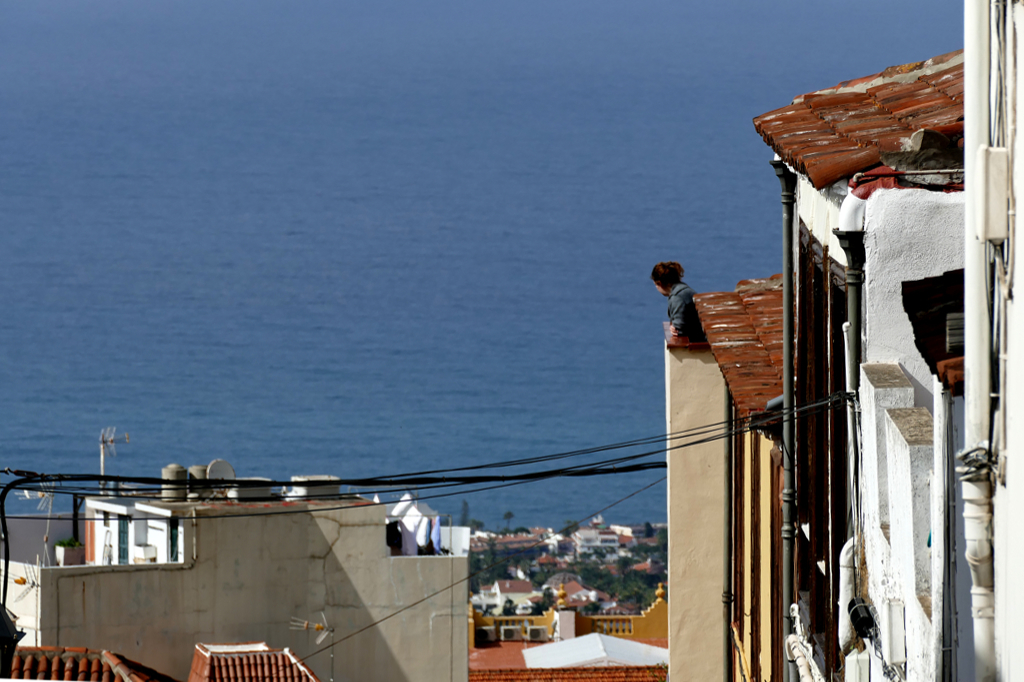
How to Get There
As I pointed out, La Orotava is just a very short bus drive from Puerto de la Cruz. Take #345 and get off at the Estación La Orotava. From there, you have to walk for about ten minutes to reach the historic old town.
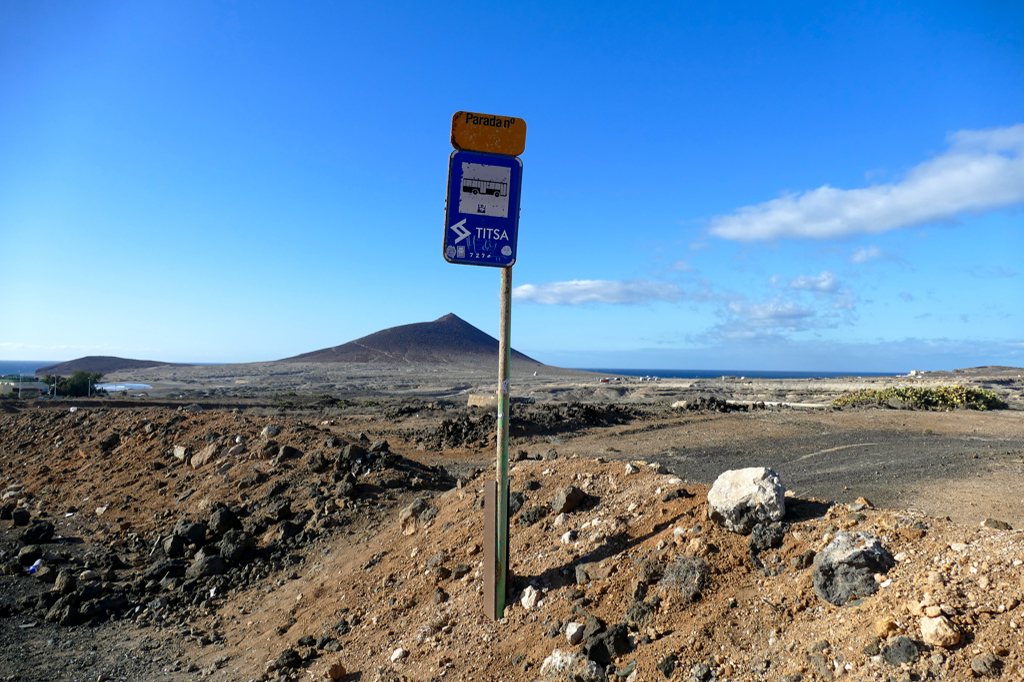
If you are coming from Santa Cruz de Tenerife or La Laguna, take Bus #108 which is going to La Orotava every 30 minutes. Both lines are operating between 6 a. m. and 10 p. m. As times might change, make sure to check the current timetables on the website of the local bus company Titsa.
To learn about the island’s bus system and the different ticket options, please go to the general post on Tenerife.
Where to Eat
The gastronomy of the villages in the mountains offers a wide range of typical Canarian dishes, obviously. There are for instance wonderful stews made not only from pork, but also from rabbit or goat. However, you get also all the fish dishes that are popular on the coast.
A popular place is the Confitería y café Taoro aka Casa Egon on Calle León. As I mentioned above, they also have a cozy small terrace at the Jardines del Marquesado de la Quinta Roja which might be an alternative in case the restaurant is full – which it tends to be.
Where to Stay
I’d argue that La Orotava can be an excellent base for a stay in Tenerife, especially if you have your own car. But even if you depend on the local system of public transportation, you should be fine. I’ve introduced the connections above.
No, you won’t be next right to the beaches – but you still might have a grand sea view. And yes, you’ll certainly cherish the beauty and serenity of an almost untouched Canarian small town.
On the map below, you can check out some unique lodging options around La Orotava*:
Booking.comWell-Organized Activities
Although it’s very easy to get to La Orotava, you might want to combine a visit with other places in Tenerife. Especially if you don’t have enough time to explore each spot on a half-day trip, an organized tour to various places is a great alternative.
Therefore, here are some great ideas on how to visit Tenerife’s mountainous hinterland:
The trip to La Orotava was just one of many highlights – in any sense of the word – during my week in Tenerife. To read about the others, go to this post and take your pick!
For general information on Spain, go to this post since there, you’ll find information and tips that will make your trip much smoother and more enjoyable.
Map
This map shows you where all the mesmerizing places in La Orotava are found. Clicking on the slider symbol at the top left or the full-screen icon at the top right will display the whole map including the legend.
Pinnable Pictures
If you choose to pin this post for later, please use one of these pictures:

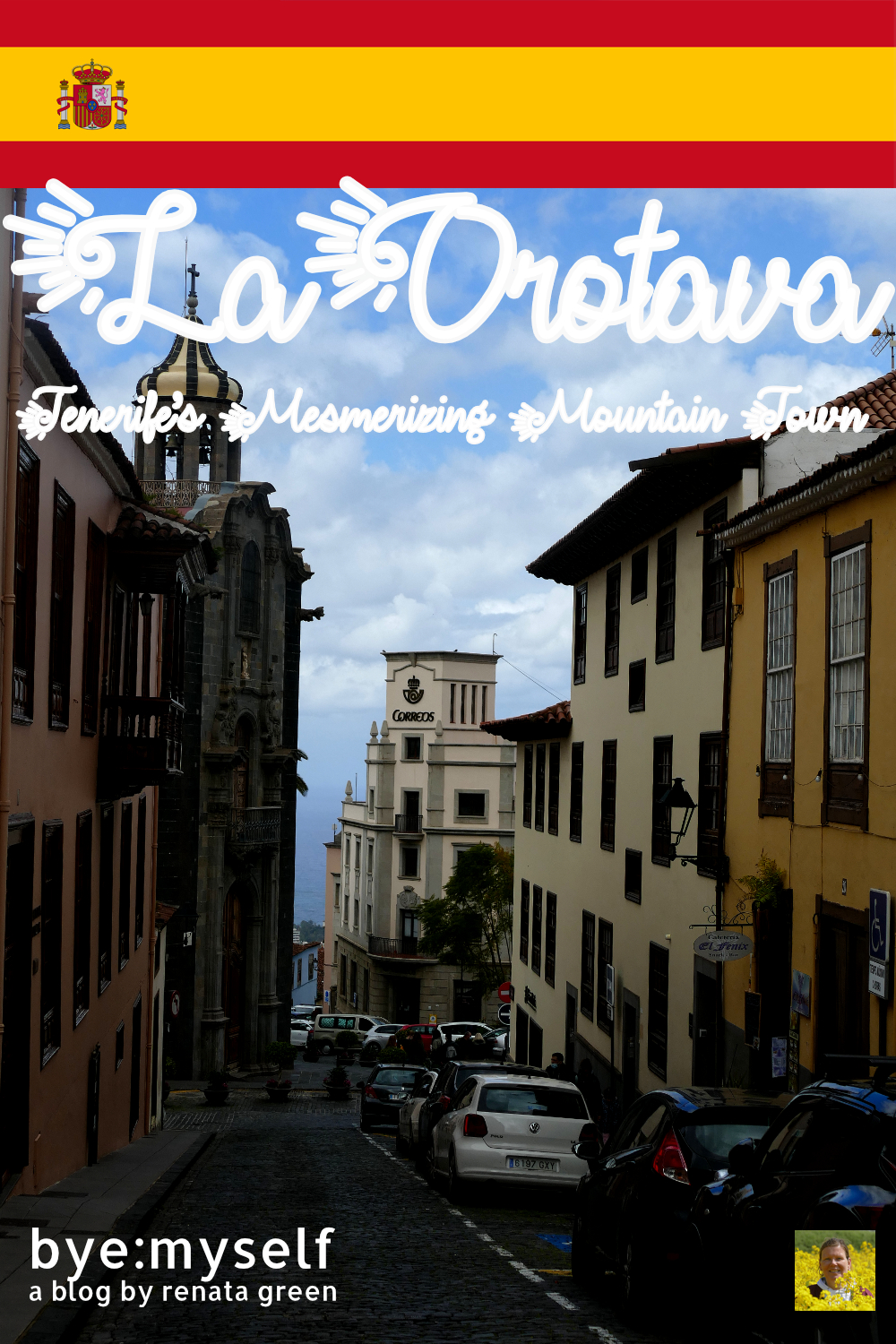
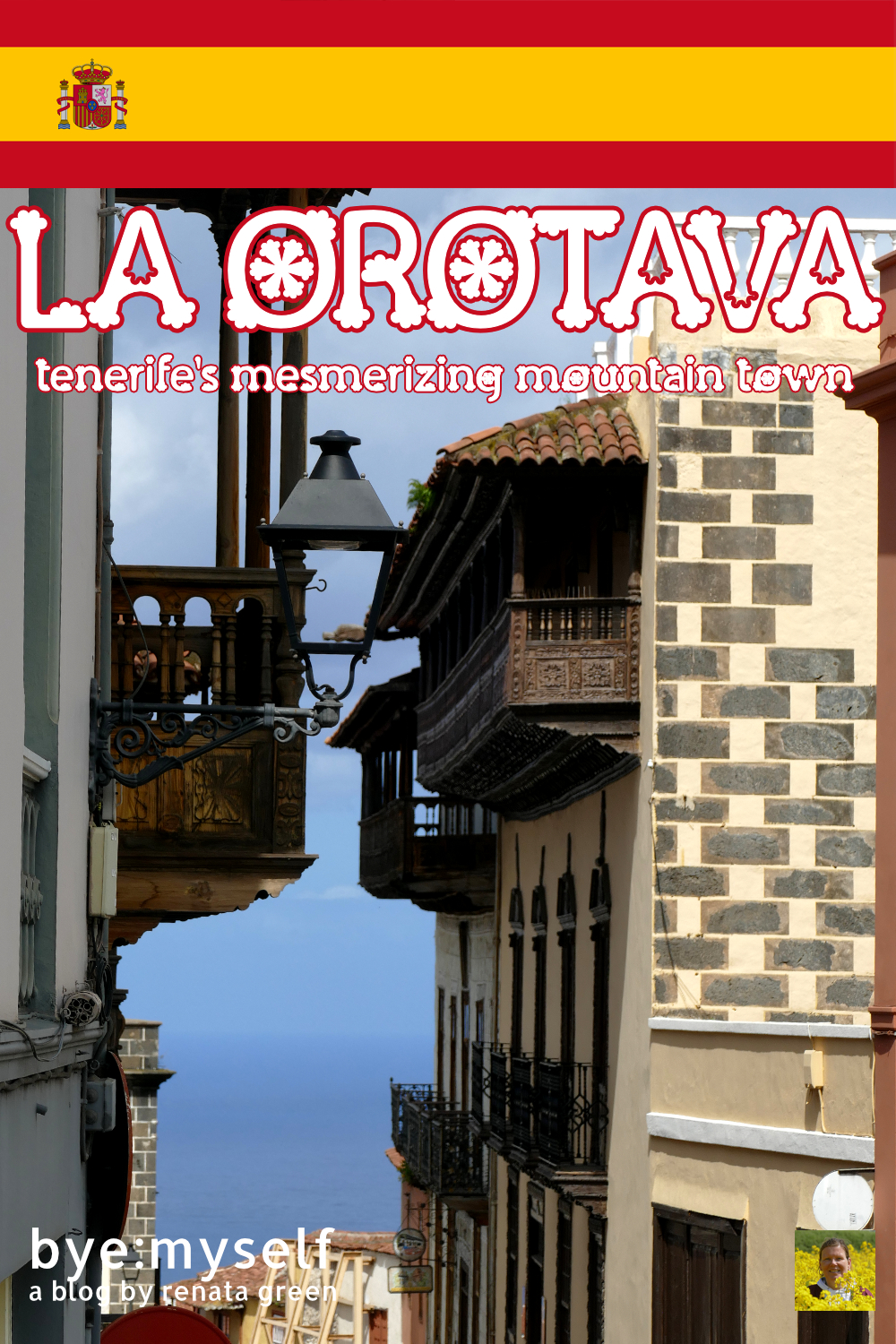
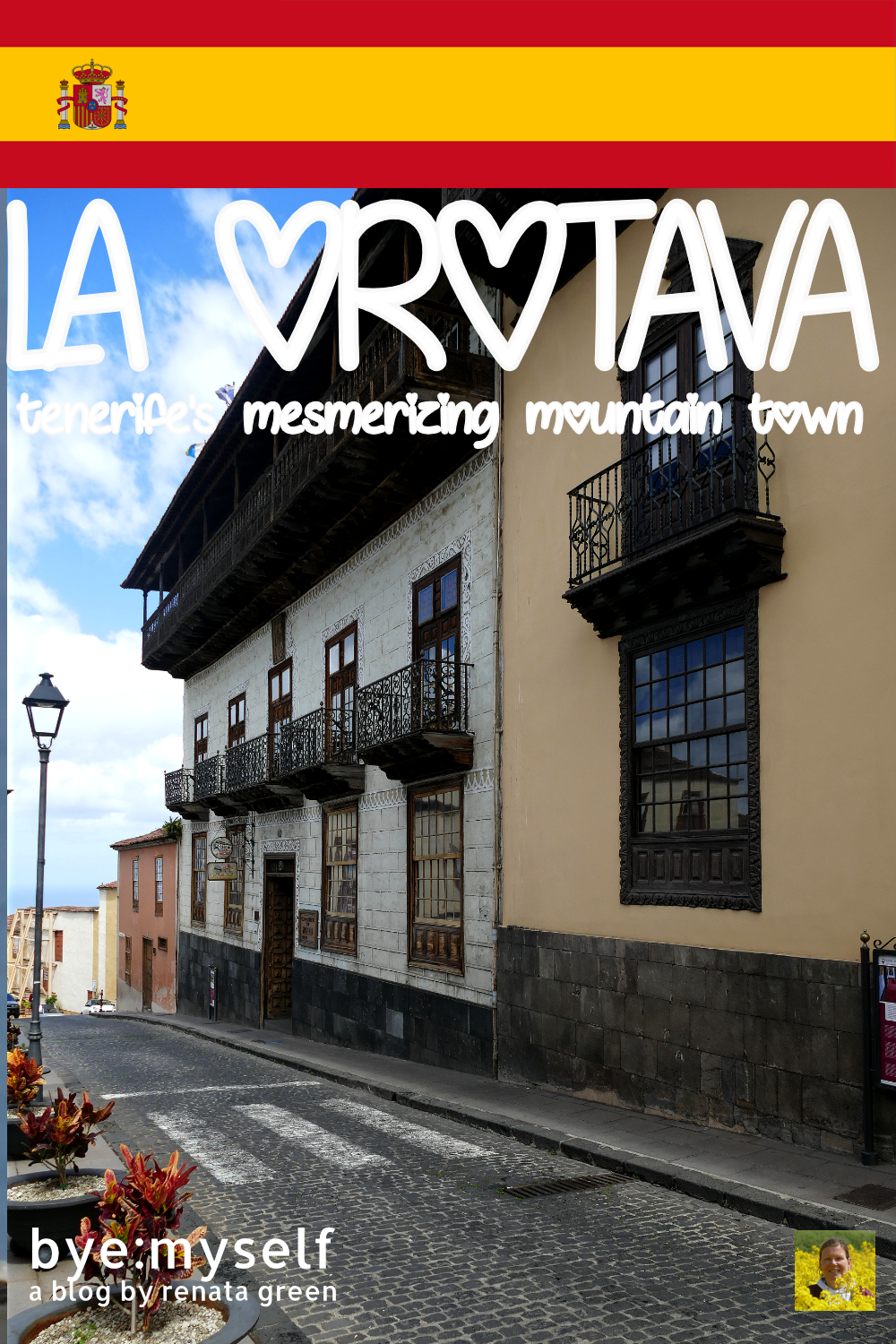
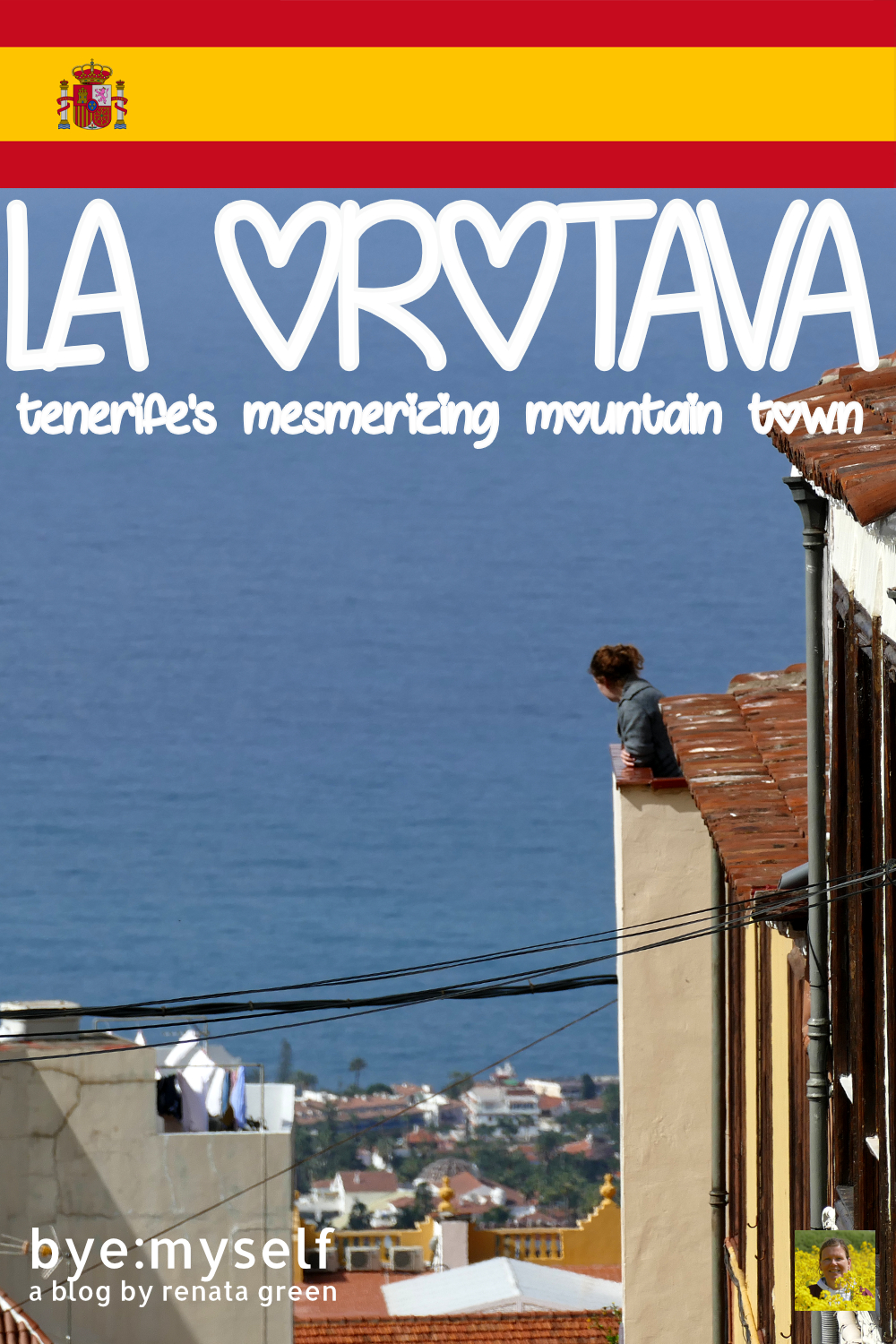
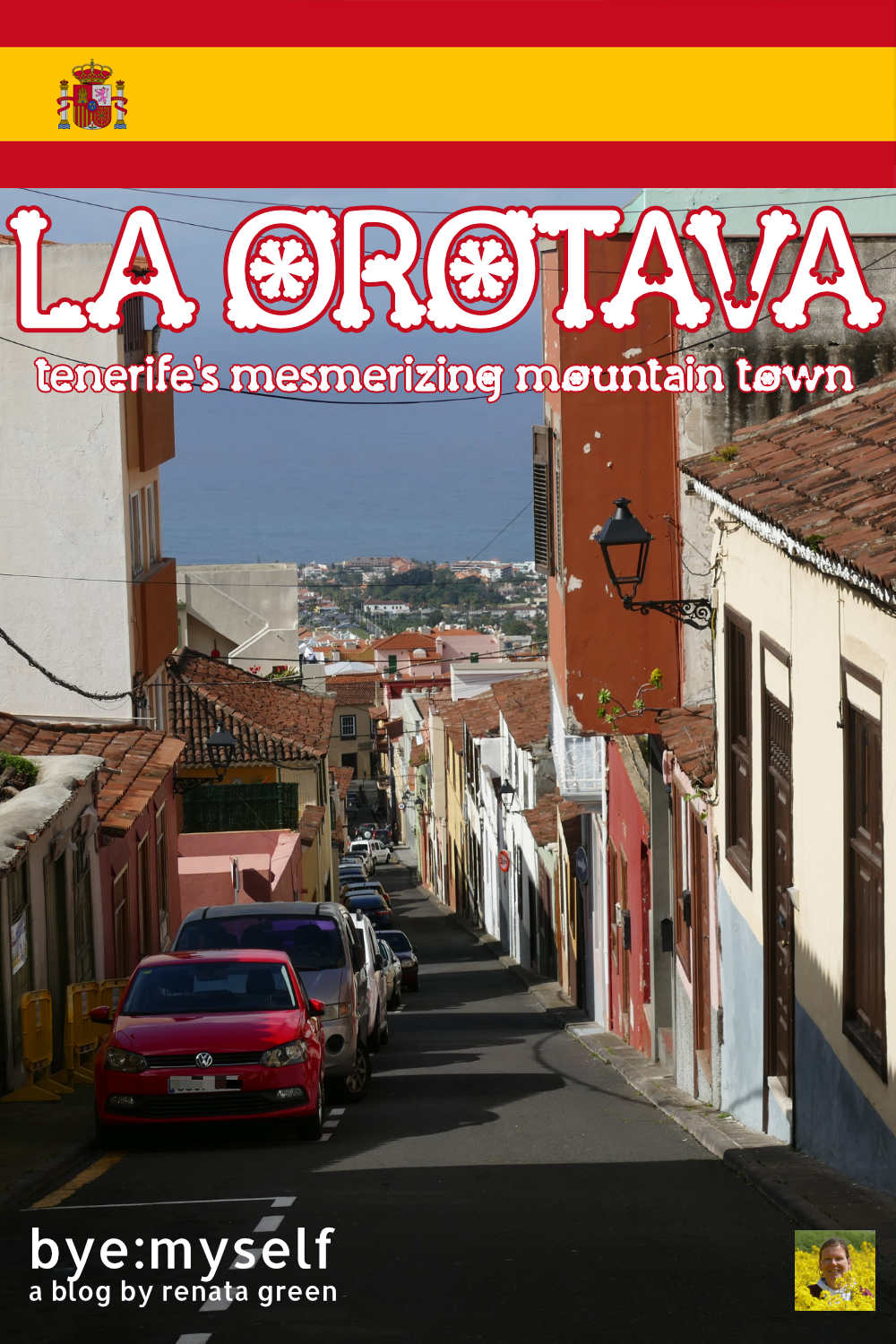
Did You Enjoy This Post? Then You Might Like Also These:
Day Trip to San Cristobal de La Laguna and the National Park of Anaga
ALCÚDIA – Dreamy Beach on Mallorca’s North Coast
EL COTILLO – the Most Beautiful Village of Fuerteventura
ISLAND HOPPING in the CANARY ISLANDS
Mallorca’s East Coast Bay by Bay: Cala Santanyí, Cala Llombards, Cala Figuera
SITGES – a Posh Seaside Resort South of Barcelona
MORRO JABLE – the South Gate to Fuerteventura
Street Art in SEVILLE: Arte Para Todos in the San Pablo District
* This is an affiliate link. Hence, If you book through this page, not only do you get the best deal. I also get a small commission that helps me run this blog. Thank you so much for supporting me!
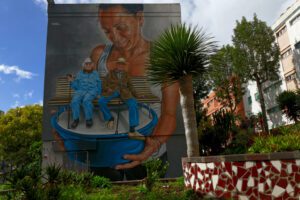
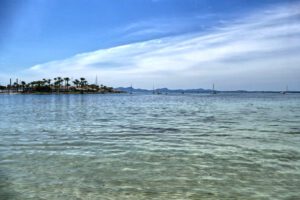
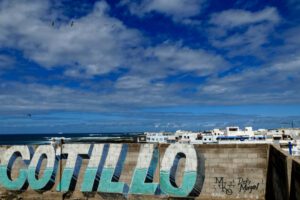
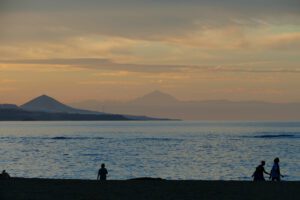
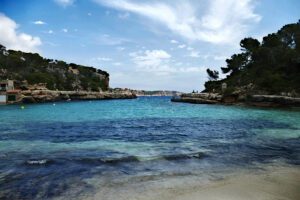
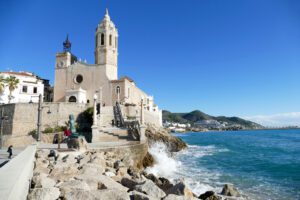
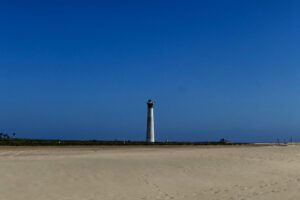
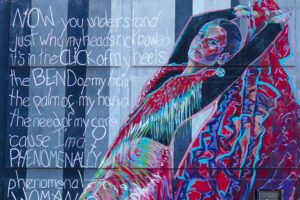
We were so glad we got to visit La Orotava when we were on Tenerife. We loved wandering in this town. And the great views from above – especially from the Jardines Victoria. I remember being intrigued by the balconies we saw everywhere. And it caused me to really look for intricate balcony designs on future travels. It would indeed be a good spot to use as a base on a return visit.
Yes, it was far more impressive as expected 🙂
The hills are worth it for those views, wow! Beautiful spot and beautiful architecture. I think you made the right call by escaping the crowds for a bit and exploring the north
What a beautiful blog post about La Orotava! I plan to visit Tenerife sometime soon, and thanks to you I know now exactly what to do and see in La Orotava, thank you 🙂
Ah, I’m glad to have given you a good idea on what to do once you’re on the island 🙂